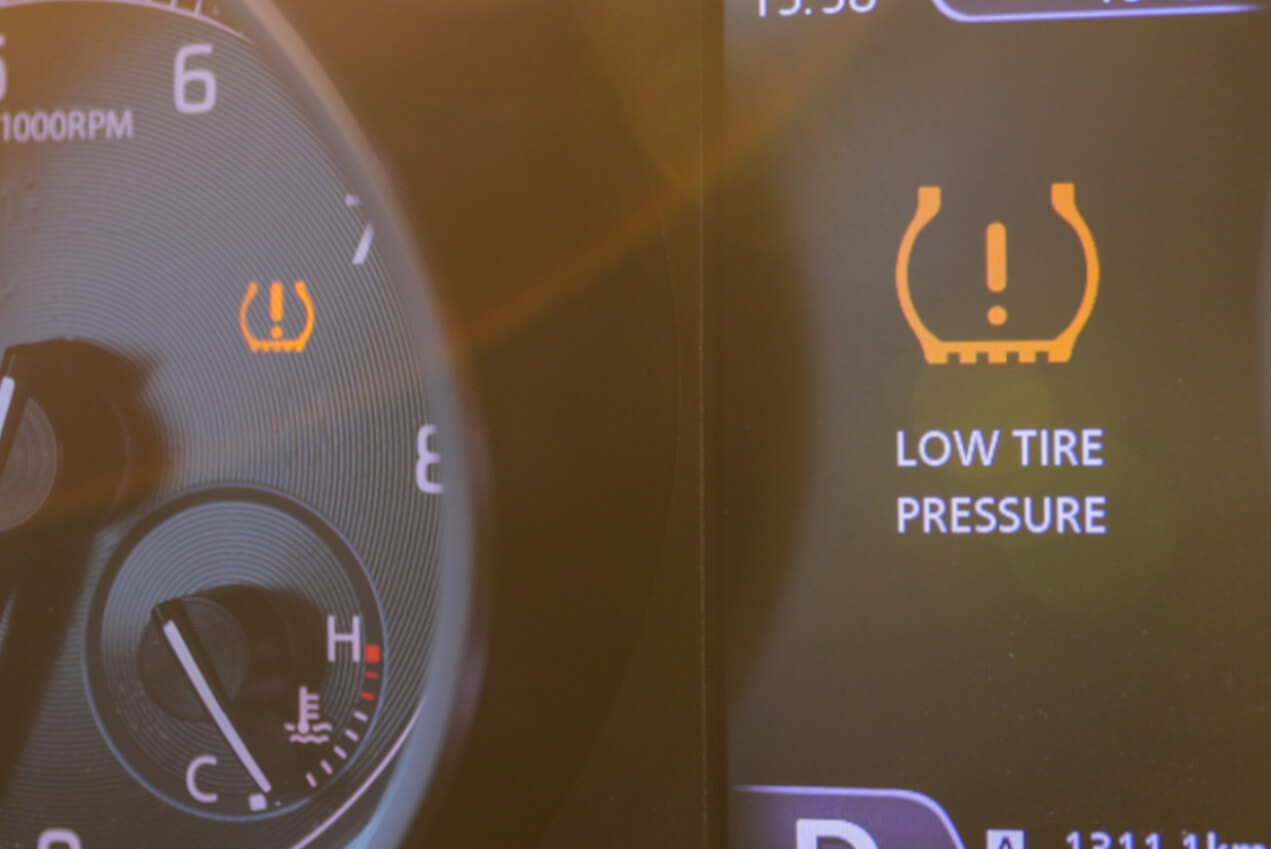
Even when the weather isn’t freezing, a drop in temperature can significantly affect your tire pressure. It’s a common misconception that tire pressure issues only occur in icy conditions. In reality, even a slight shift from summer heat to cooler weather can lead to decreased tire pressure. This can be especially noticeable after sudden cold fronts.
Tire pressure can drop in cooler weather due to the contraction of air. As the air inside the tire gets colder, it takes up less space, leading to lower pressure. This phenomenon often catches drivers off guard, especially during the transition from warm to cooler seasons.
Being able to identify when your tires are low on pressure is key to maintaining vehicle safety and efficiency. In this section, we’ll explore the warning signs and indicators that your tires need attention, helping you stay proactive in your tire maintenance.
Most modern vehicles are equipped with a Tire Pressure Monitoring System (TPMS) or SVC tire monitor that alerts you when tire pressure is low. The low tire pressure symbol on your dashboard is not something to ignore. It’s an essential tool for maintaining optimal tire pressure and ensuring safety.
Sometimes, tires might lose pressure but show no signs of a leak. This can occur overnight due to temperature changes and is more common in cooler weather. However, if you find yourself frequently refilling your tires after a cold spell or notice that they are consistently low, the issue might extend beyond just the cold. While there might not be immediate cause for alarm, regular checks are the best way to ensure tire pressure is within the recommended range and to rule out the possibility of a slow leak that’s been missed.
Effectively managing tire pressure as the temperature drops is crucial for safe winter driving. Here, we discuss practical steps and strategies to maintain optimal tire pressure during the colder months, ensuring your vehicle remains reliable and ready for the road.
When your TPMS light comes on, it’s crucial to check your tire pressure as soon as possible. Driving with low tire pressure can be dangerous and can also lead to increased tire wear and reduced fuel efficiency. Knowing what tire pressure is too low for your vehicle is essential for your safety on the road.
If you notice a sudden drop in tire pressure, especially after a sharp decrease in temperature, it’s important to adjust it to the correct level. However, understanding how long you can drive with low tire pressure is crucial to prevent damage to your tires and ensure a safe driving experience.
It’s important to understand the difference between cold and hot tire pressure. Tires tend to expand in hot weather and contract in cold, which means tire pressure can vary significantly between seasons. Regular checks and adjustments are necessary to maintain the correct pressure year-round.
To keep your tires in top condition, regularly check their pressure, particularly during the cooler months. This helps in preventing issues like uneven wear or potential blowouts. A proactive approach to tire maintenance ensures better performance and longevity of your tires.
Regular tire pressure checks should be part of your vehicle maintenance routine, especially as seasons change. By staying vigilant and responding quickly to pressure changes, you can ensure your tires remain in good condition, providing a safe and efficient driving experience.
Understanding and managing tire pressure in cold weather is crucial for vehicle safety and performance. Regular maintenance and knowledge can help you prevent tire-related issues, ensuring a smooth ride at any temperature.
Before you hit the road this season, we recommend a visit to your local Grease Pro for professional assistance and expert advice. Our team is ready to help you with all your tire needs, ensuring you’re prepared for safe travels, no matter the weather!
With 12 locations, there's always one close by to service all of your automobile-related needs.
BROWSE ALL LOCATIONS +